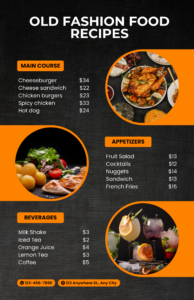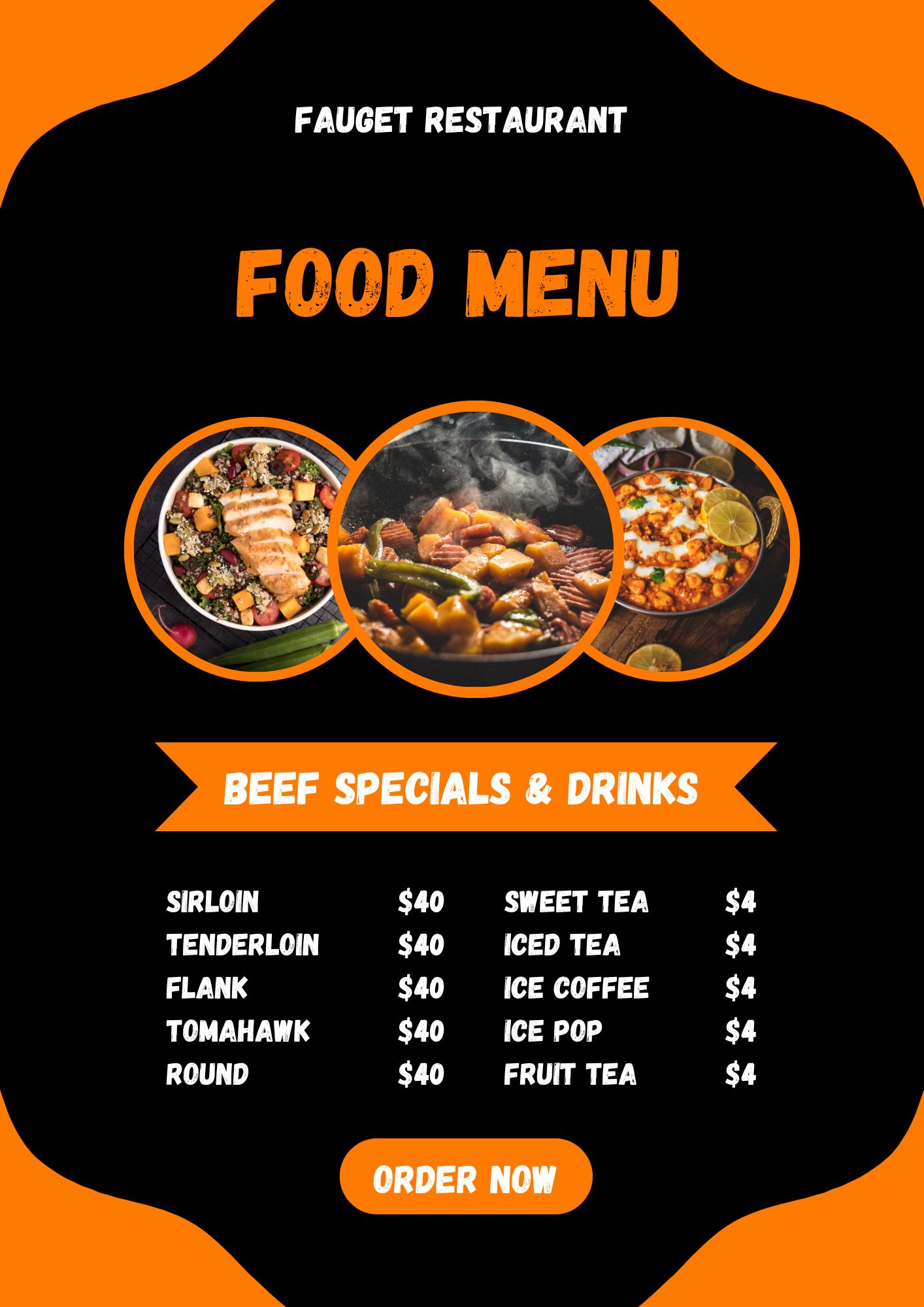Welcome to our guide on creating a top-notch food menu that not only satisfies your customers’ appetites but also follows the webmaster quality guidelines for optimal online visibility. Whether you’re running a restaurant, cafe, or food delivery service, crafting a menu that is both appealing to your audience and search engines is crucial. Let’s dive into the key steps and considerations for a stellar food menu!
Importance of a Well-Designed Food Menu
Your food menu is often the first point of contact with your customers, whether they’re browsing online or visiting your establishment. It’s more than just a list of dishes; it’s a reflection of your brand, values, and the quality of your offerings. In the digital age, where online searches heavily influence dining choices, your menu’s online presence can make or break a customer’s decision.
Key Points for Creating an SEO-Friendly Food Menu
1. Keyword Research
Just like optimizing a website, keyword research is essential for your food menu. Identify popular and relevant keywords related to your cuisine, specialties, and location. Use tools like Google Keyword Planner or SEMrush to find what terms your potential customers are searching for.
2. Clear and Descriptive Titles
Each menu item should have a clear and descriptive title. Include relevant keywords naturally within these titles. For example, “Sizzling Garlic Shrimp Pasta” not only sounds enticing but also includes keywords like “garlic shrimp” and “pasta.”
3. Detailed Descriptions
Follow each title with a brief, mouth-watering description. Describe the ingredients, cooking style, and any unique selling points. Use sensory words that evoke emotion and appetite. This not only helps with SEO but also entices customers to order.
4. Use High-Quality Images
Visual appeal is crucial for a food menu. Include high-quality images of your dishes. Images should be well-lit, focused, and showcase the details of the food. Optimizing image file names with keywords can also improve SEO.
5. Organized Sections
Organize your menu into clear sections like appetizers, main courses, desserts, etc. This makes it easier for customers to navigate and for search engines to understand the structure.
6. Mobile-Friendly Design
Ensure your menu is optimized for mobile devices. Many customers browse menus on their phones before deciding. A responsive design improves user experience and can positively impact your search rankings.
7. Local SEO
If your restaurant serves a local area, optimize for local SEO. Include your location, address, phone number, and business hours prominently. Register with Google My Business for better local search visibility.
FAQ: Answering Your Questions
Q: How many items should I include on my menu?
A: The number of items depends on your restaurant’s concept. Too few items might limit choices, while too many can overwhelm. Aim for a balance, focusing on quality over quantity.

Q: Should I include prices on the online menu?
A: Including prices can be beneficial as it helps customers make informed decisions. However, if your pricing frequently changes, you might consider mentioning that prices are subject to change.
Q: Can I include seasonal items on my online menu?
A: Absolutely! Seasonal items keep your menu fresh and exciting. Just make sure to update your online menu regularly to reflect these changes.
Q: How often should I update my online menu?
A: It’s good practice to update your online menu whenever there are significant changes, such as new dishes, seasonal updates, or price adjustments. This shows customers that your menu is current and keeps your SEO content fresh.
Conclusion
Crafting an SEO-friendly food menu involves a blend of creativity, strategic thinking, and adherence to webmaster quality guidelines. By incorporating relevant keywords, clear descriptions, enticing images, and mobile optimization, your menu can attract both hungry customers and search engine crawlers. Remember, a well-designed menu not only boosts your online visibility but also enhances the dining experience for your patrons. Cheers to creating a menu that tastes as good as it looks online!


